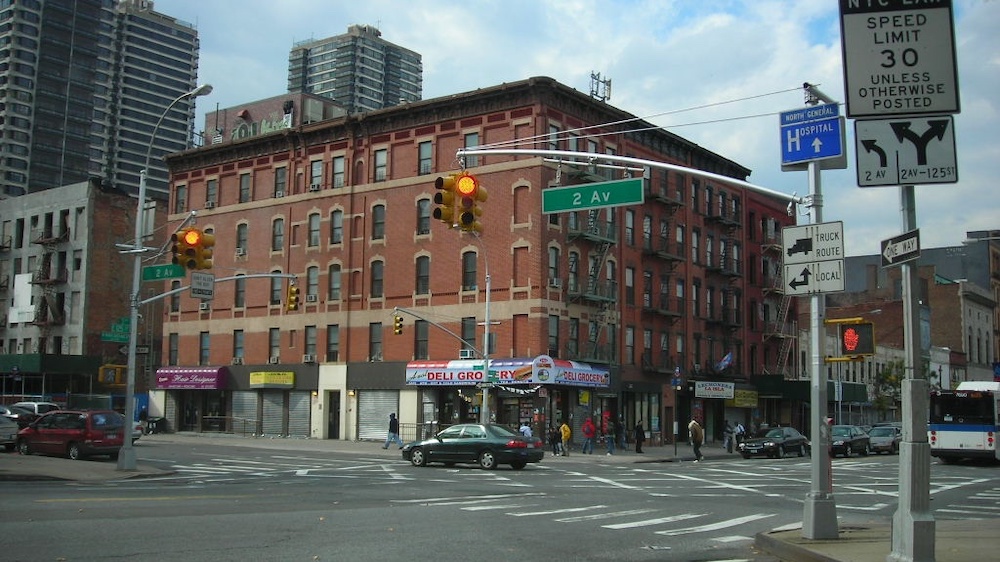If you’re interested in sharing your opinion on any cultural, political or personal topic, create an account here and check out our how-to post to learn more.
____
If medical experts want to flatten the curve of the coronavirus (COVID-19) they must start by being real about the virus’ deadly threat on Black Americans.
COVID-19 has New York and other parts of the country in a chokehold and has cut off the circulation of our daily routine, income and the economy. It’s an indiscriminate virus, however the statistics of respiratory issues coupled with the socioeconomic factors faced by African Americans highlights the need for health officials to ring the alarm, louder, in our communities. For instance, in Milwaukee, where 14 people had died from the coronavirus, eight were Black and were from one community. To date, of the 877 positive cases in Milwaukee County, 410 were African American compared to 211 white.
The potential for a disproportionate impact of the virus on Black Americans is of high priority for local officials like Maryland State Delegate Nick Mosby, who along with other lawmakers is demanding the release of racial data as many minority neighborhoods now fall in the grip of this fatal pathogen.
There is a stark contrast of what I see happening outside the window of my uptown apartment in Harlem and Lower Manhattan. I can hear the rhythmic sounds of Marvin Gaye, the heart thumping bass of Jay-Z’s Blueprint album, the sound of motorbikes zipping down the wide avenues, as exaggerated laughter echoes in the air. Meanwhile, downtown, and in midtown, I see pictures online of vacant streets, empty sidewalks and an eerie silence that is unheard of in the city that never sleeps. No one is gathered in conversation outside of the grocery store or bodega, completely oblivious, or more likely ignoring the invisible threat in the air. Why the different response to the pandemic depending on zip code?
Telling Black Americans to simply wash their hands and stand six feet apart is not enough, nor is it reflective of the alarming statistics that are so easily available and yet remain untold by health agencies. Daily medical reports and press conferences consistently remind Americans that the coronavirus bears a bigger risk to those with underlying health issues, particularly respiratory problems. According to the Asthma and Allergy Facts Foundation, more than any other race or ethnicity, African-American children have the highest prevalence of asthma. African Americans die from asthma at a higher rate and are three times more likely to stay in the hospital because of their inability to breathe. COVID-19 does not cause asthma, but it can use it to kill. The disease’s main target in its quest to suffocate its victim to death is the lungs. Additionally, more African Americans are diagnosed and die from lung cancer every year.
Some might attempt to argue that the ailments faced in the Black community are due to some sort of genetic mutation or cultural practice that causes Black people to be more susceptible to disease. It’s an argument that has the racist undertones of statistician Frederick L. Hoffman, who argued that the excessive mortality rates in African Americans were due “not in the conditions of life, but in race traits and tendencies.” In other words, we were biologically inferior. Hoffman was wrong then and the argument is wrong now.
Health disparities in the Black community are not all of our own doing. For decades a lack of economic equality and education has forced many Black people to survive in America’s forgotten neighborhoods. Toxic chemical plants have consistently and historically been housed in the backyards of African American communities, and the normalcy of it all has led to a slew of medical problems. From New York to the bayous of Louisiana, the detrimental love triangle of racism, segregation and now COVID-19 are apparent.
The celebration of Mardi Gras is now being considered a possible cause for the rapid spread of the virus in Louisiana, but it is abundantly clear that a pandemic of this magnitude would have always caused greater harm in Black communities. St. James, Louisiana, a parish with a population of 21,000, is home to more than 32 chemical plants; its Black population is 86%. The parish sits along a route known as Cancer Alley, home to another parish — Reserve — which has cancer rates 50 times higher than the national average, and sits between Baton Rouge and New Orleans, which is now one of the epicenters of the coronavirus outbreak. We can only hypothesize that due to the toxic waste looming in the humid air that many of the people in these parishes have some form of respiratory issues, which could lead to a diagnosis of COVID-19.
There is an obligation for health officials to share critical information on how COVID-19 can and will gravely impact the Black community, whether it is through neighborhood organizations, city officials, churches and the press. And it is further imperative that the federal government turn its attention to these overlooked communities that sit in the heart of these poisonous regions, because as long as the virus is discussed in a general manner, I can assure you it will spread and cost more lives — Black lives, that could have been saved.
____
Rochelle Ritchie is a former congressional press secretary for House Democrats and political commentator.

